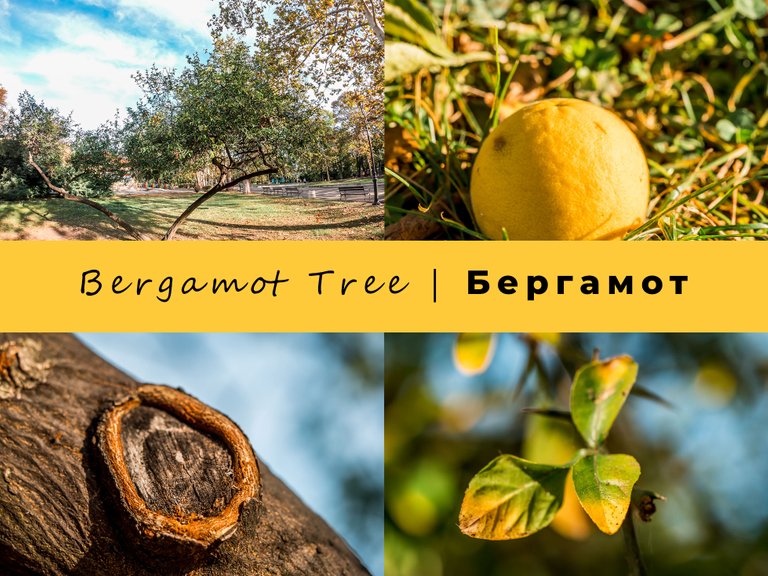
A few days ago in biology class, we were given the assignment to find information about the Bergamot tree and then find it in the city's Sea garden.
I did not know that this type of citrus tree grows in my country Bulgaria, as I read that the tree does not withstand very low temperatures, but the task was set.
I found out from the higher classes at school that they had already photographed it and they gave me an approximate location where to find it.
Besides taking pictures of the tree, I also needed to take pictures of how I got there, so I decided to take my bike and one of the family cameras Gopro.
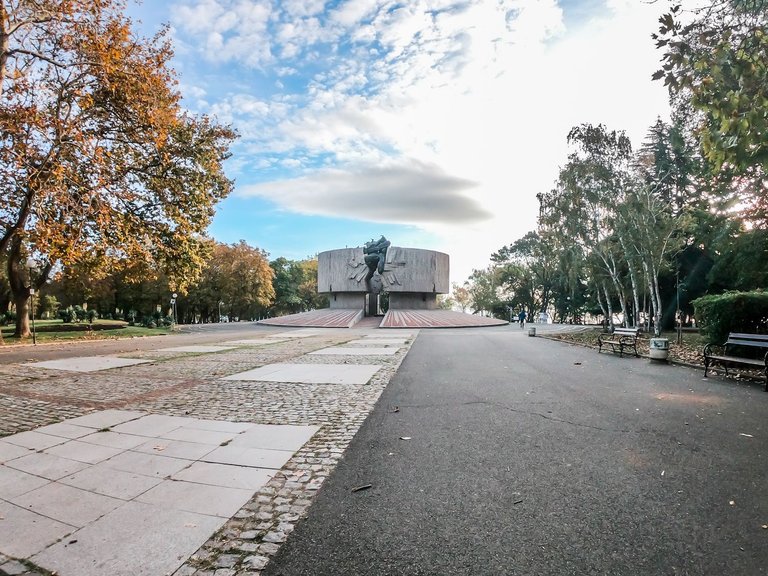
I passed the Pantheon monument. To the right of the monument, there was an information board, with the more interesting trees in the Sea garden, but for Bergamont, there was no information.
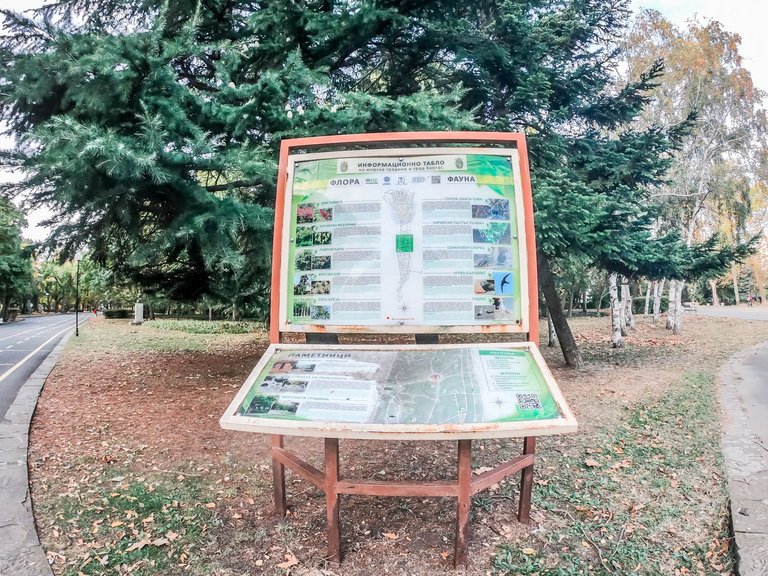
I proceeded to the Summer Theater where I was to find the tree.
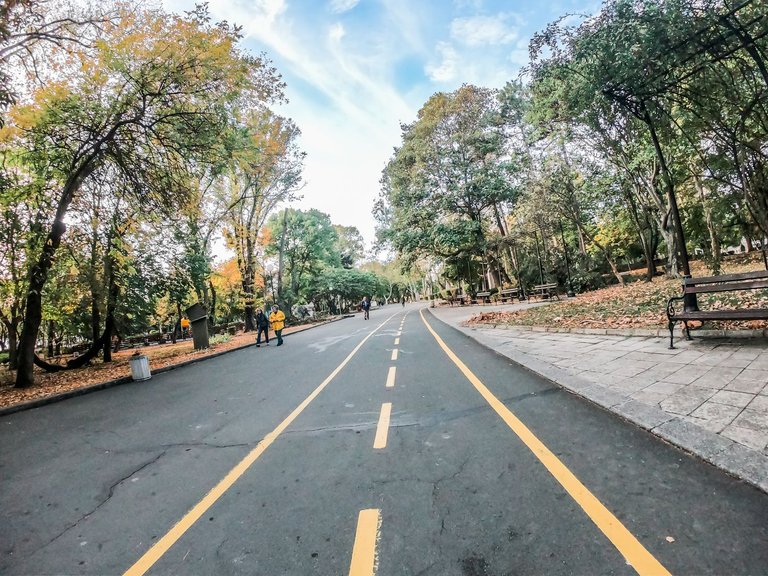
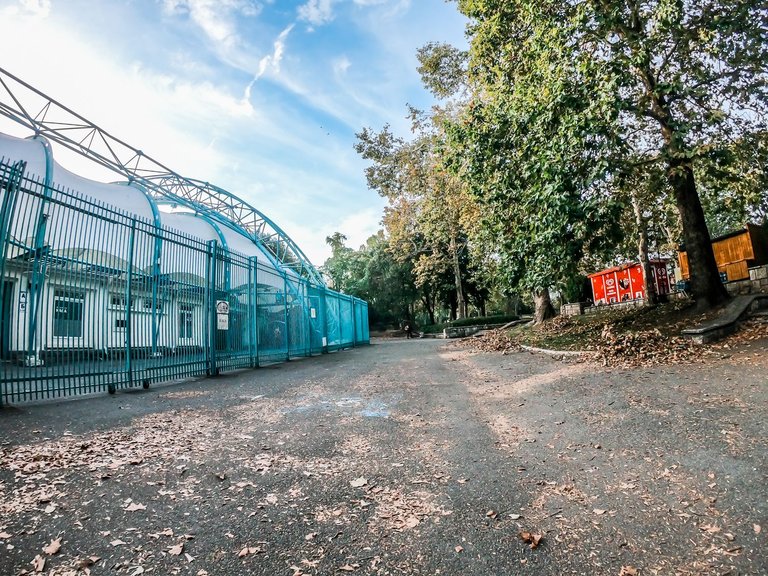
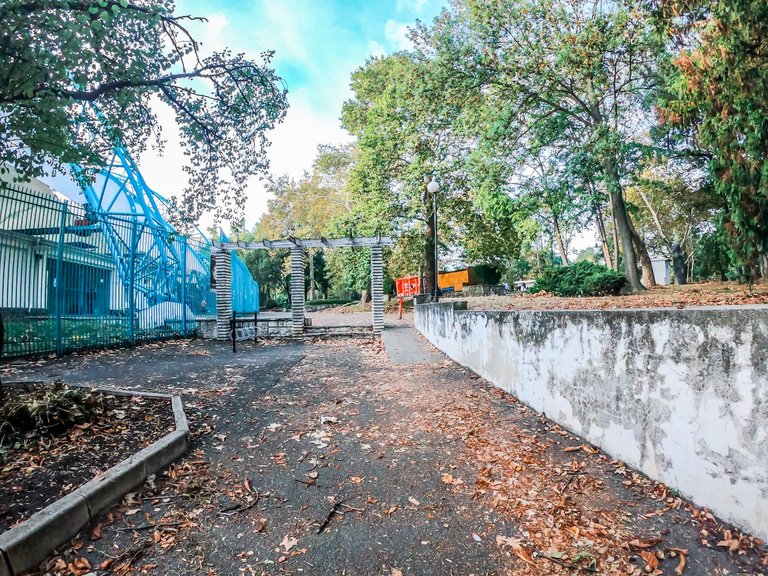
I scoured the entire area, but there was no sign of the tree. I was discovering other interesting trees.
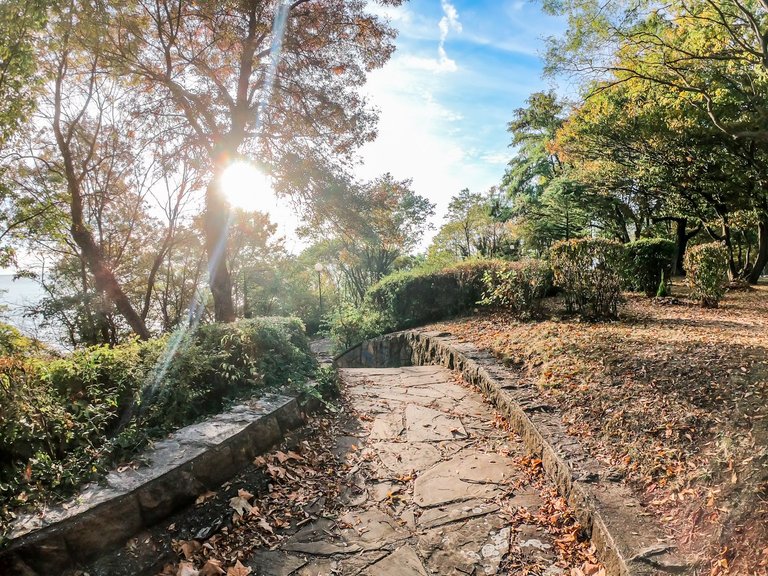
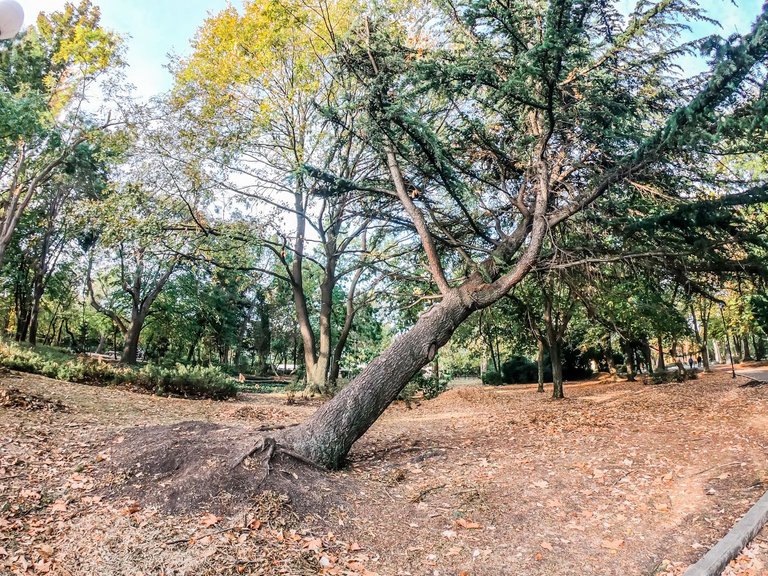
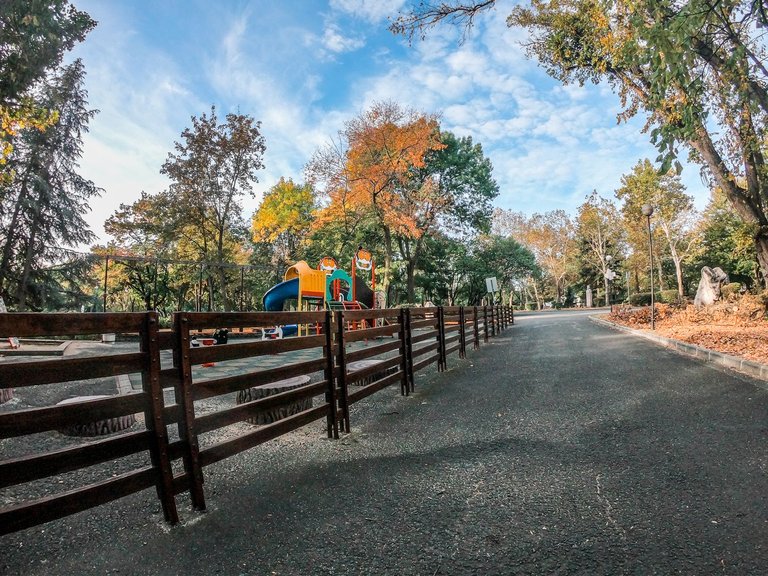
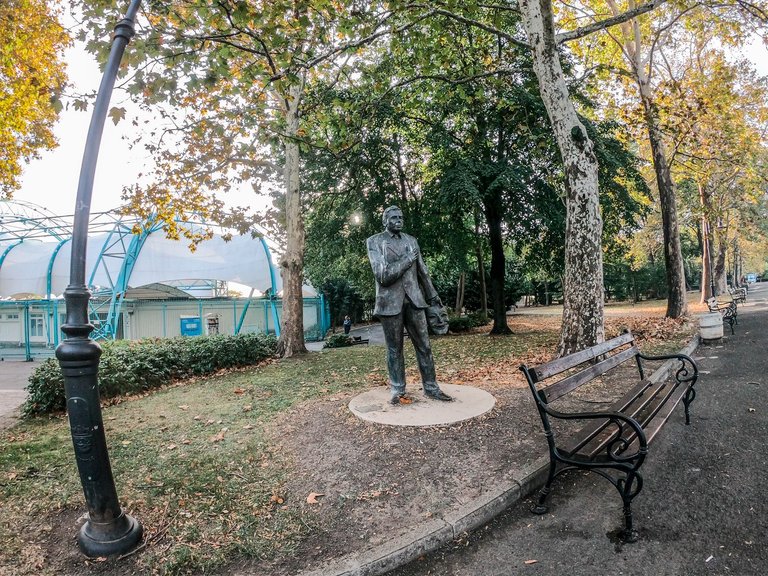

Then I decided to cross over to the other side. After a detailed look at all the plant species, I finally found it.
It was branchy and not very tall.
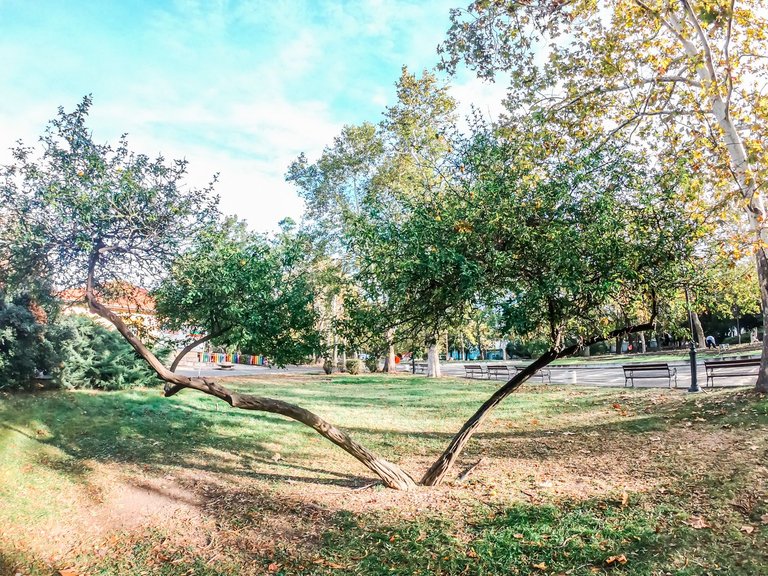

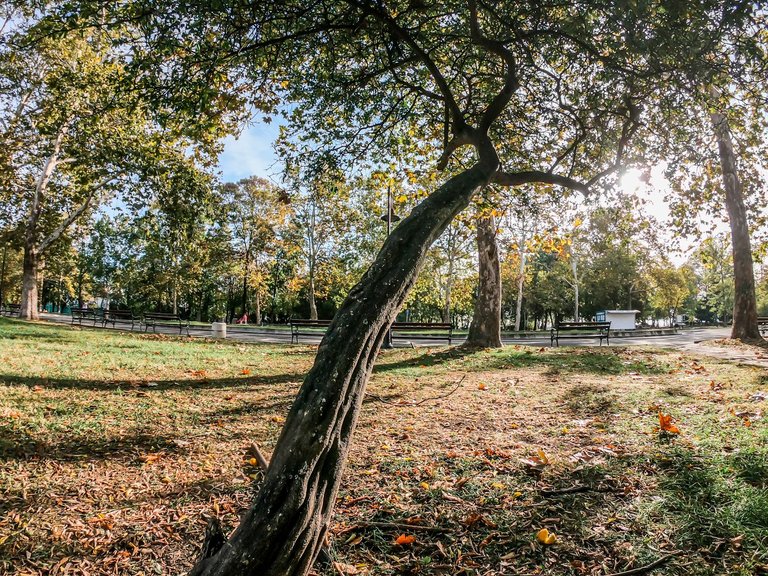
There were some fallen fruits on the ground.
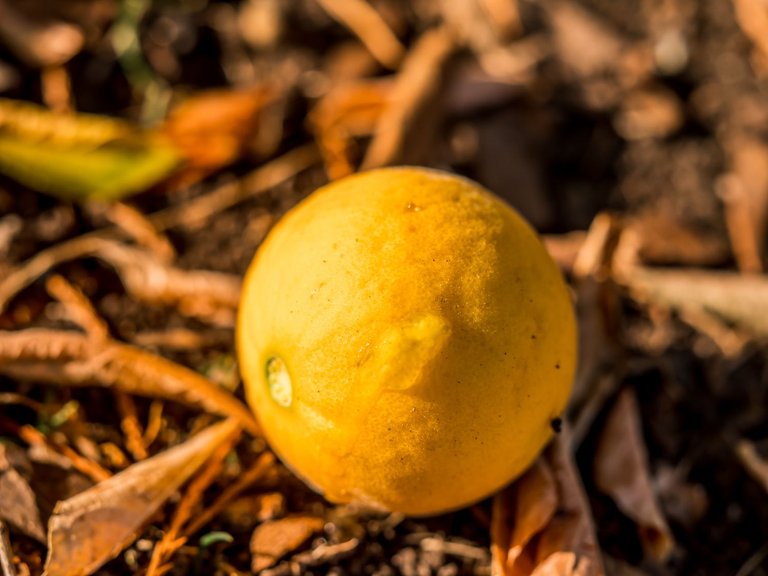
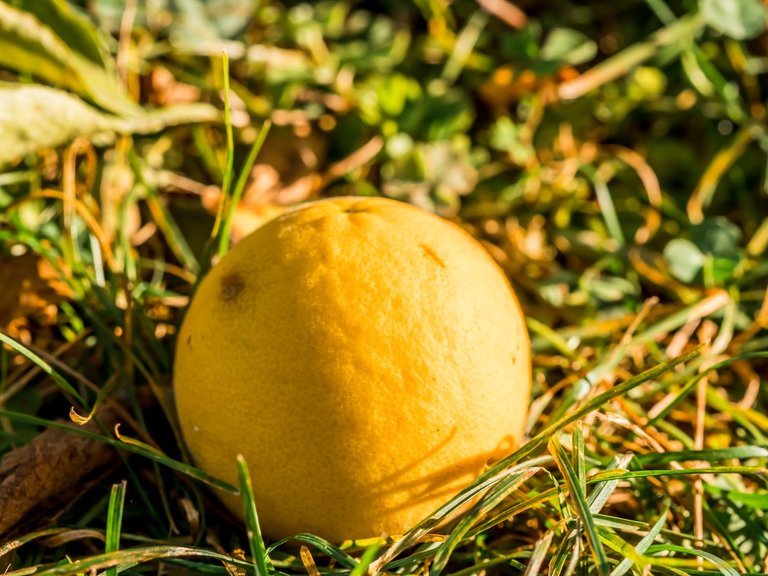
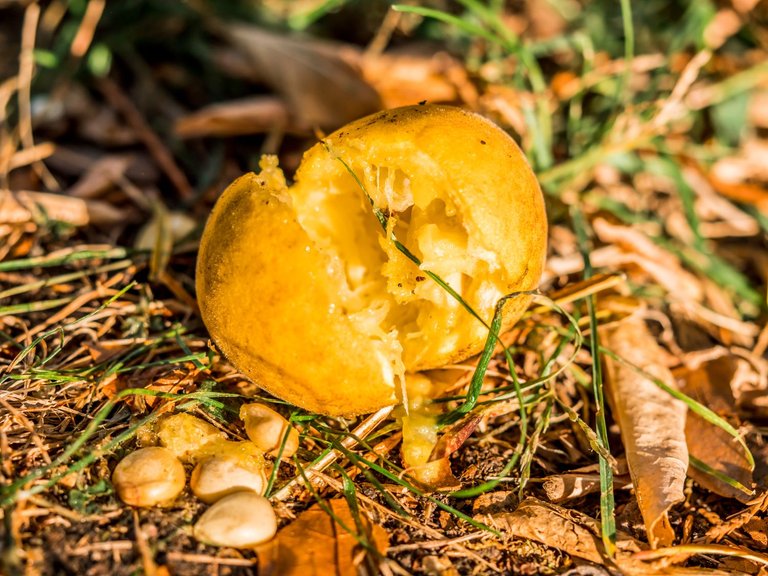
The fruits had a strong aroma.
There are several types of Bergamot, but the one I found in the Sea Garden is citrus and is a hybrid. From the information I found, it was bred by crossing a citron and an orange.
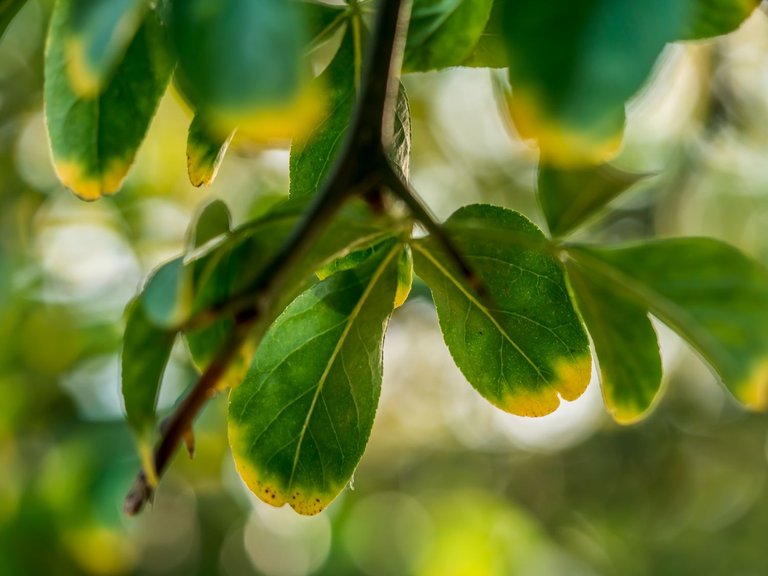
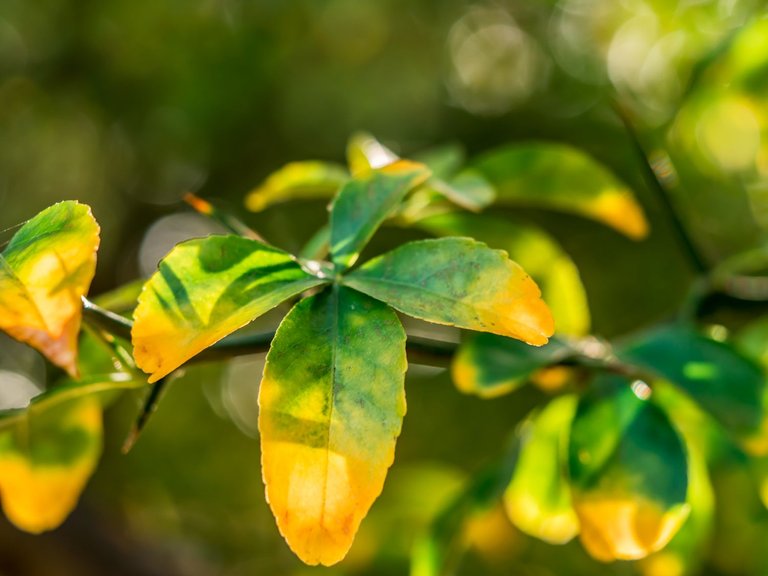
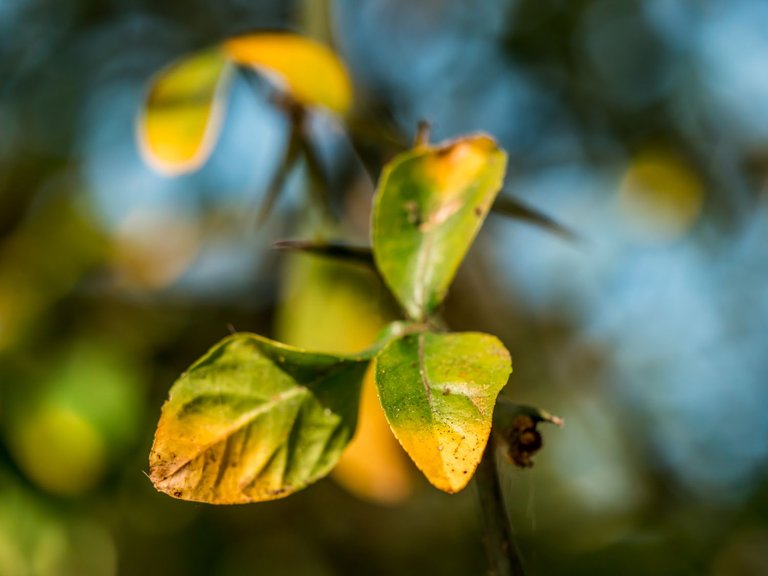
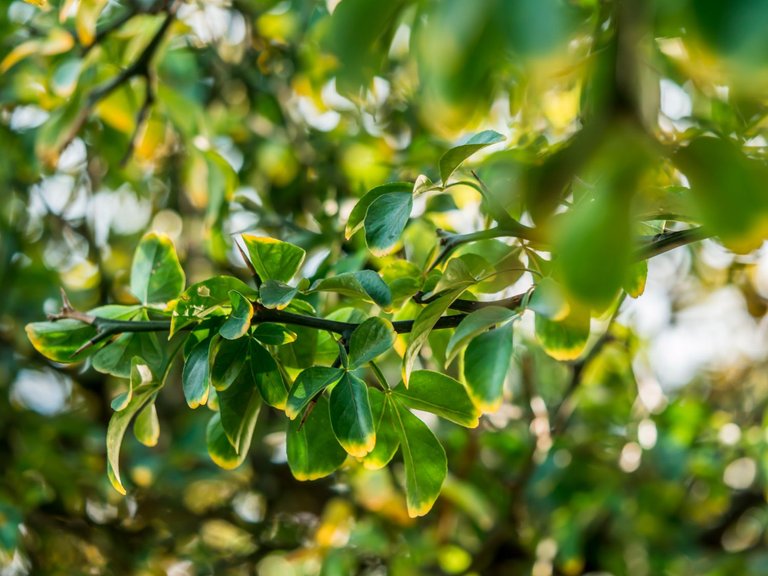
The Bergamot tree is grown mainly in Italian province of Calabria, which accounts for 90% of world production.
The tree is evergreen and grows from 2 to 10 m in height. Blooms in April. Its fruits are small, with a lemon-yellow surface. They gather in the months from November to February.
The fruit is harvested for the aromatic Bergamot oil contained in its bark. It is then used in perfumery to produce soaps, essential oils and perfumes.
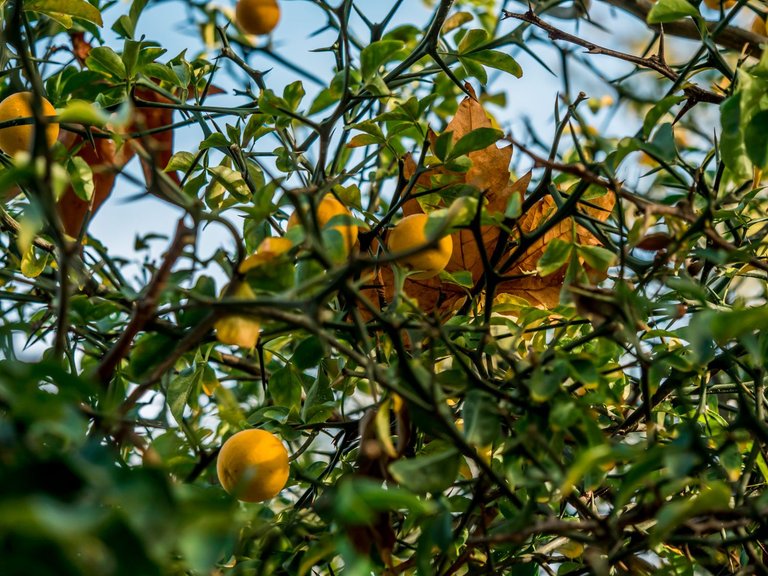
The oil is also used in cooking. It is added to desserts, meat, fish and vegetable dishes. It is an ingredient in liqueurs and in some parts of the world, bergamot is used to make marmalade.
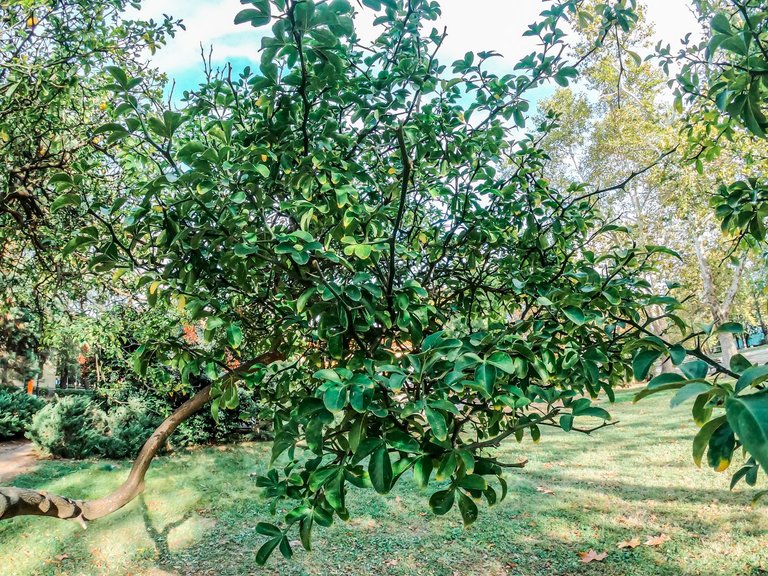
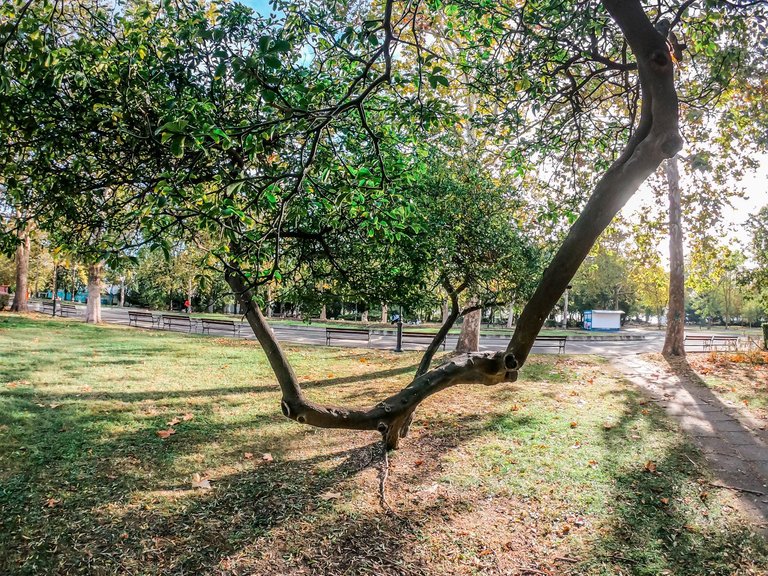
Bergamot essential oil has other benefits:
- has stimulating properties for the stomach;
- acts antiseptic, antispasmodic and deworming;
- It is recommended in cases of intestinal colic, intestinal parasites;
- Helps with difficult digestion or lack of appetite.
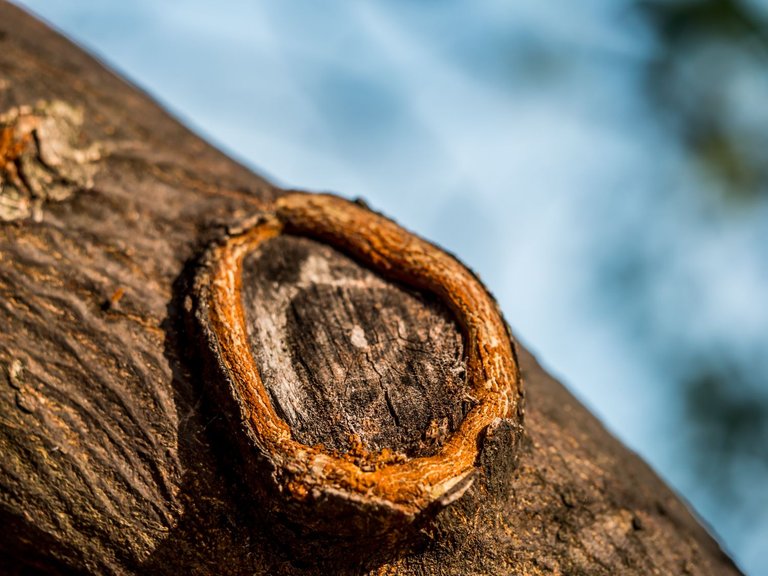
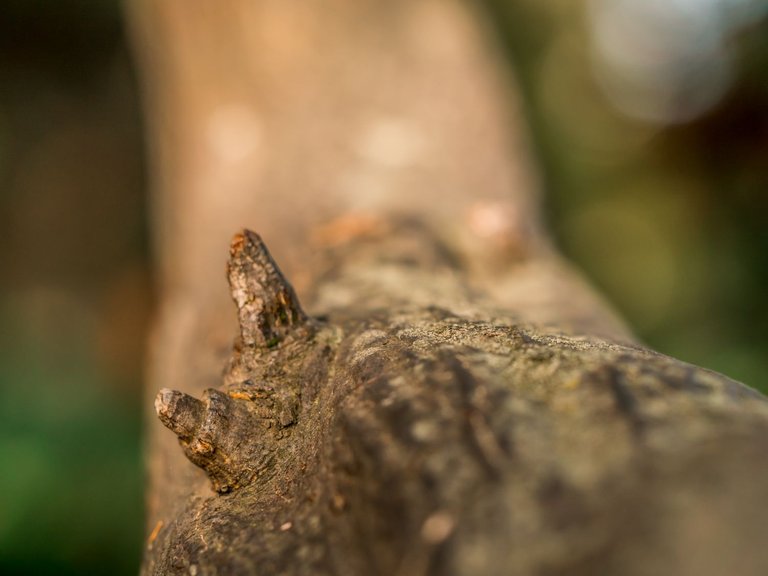
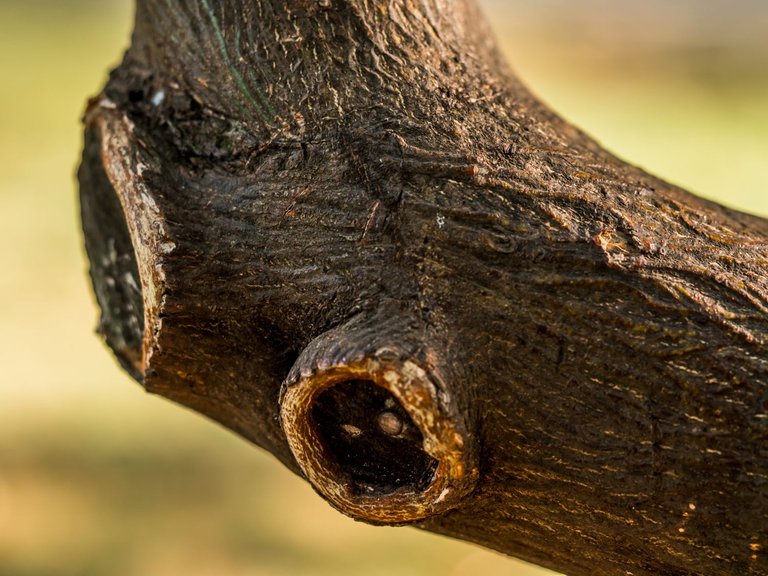
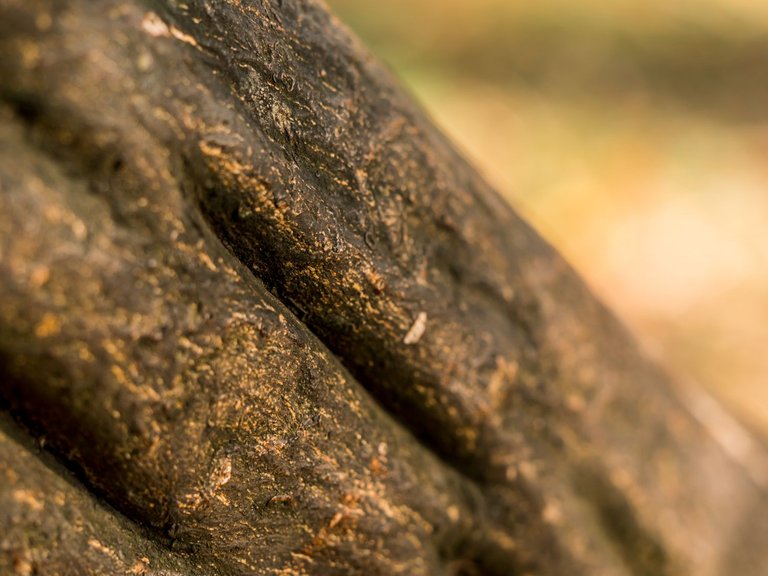
For the project, I also had to show through Google where I had passed to get to the tree.
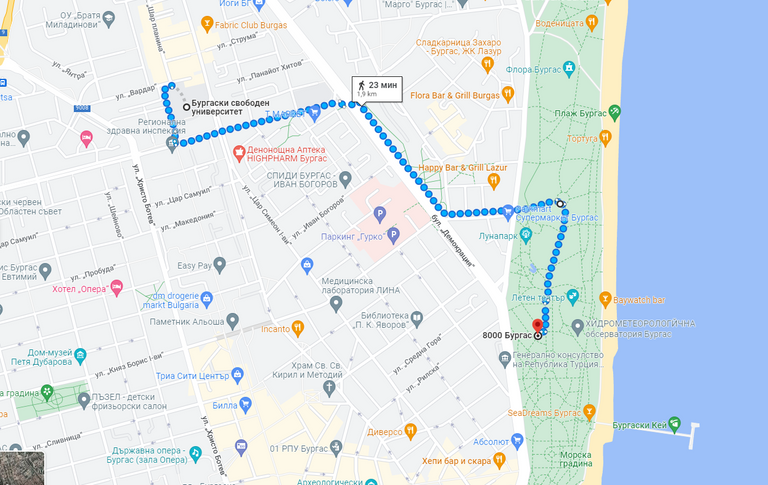
I am about to present the information and pictures to the class.
The sources I used:
- https://bg.useful-plants.net/6880208-bergamot-tree-the-bergamot-tree
- http://www.belladonna-bg.com/2011/11/kakvo-e-bergamot.html
- https://bg.supermg.com/gradinski-rastenija/1555-mozhem-da-go-napravim-otglezhdaneto-na-bergamot-u.html
- https://ibuilder-bg.techinfus.com/komnatnye-cvety/bergamot/
With this post, I want you to join #wednesdaywalk an initiative of @tattoodjay and #MakeMeSmile challenge by @elizacheng.
Thank you for reading my post!😇




